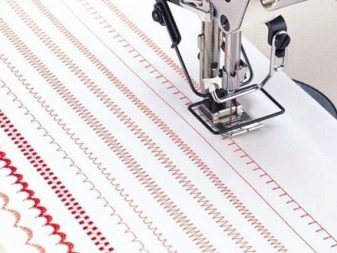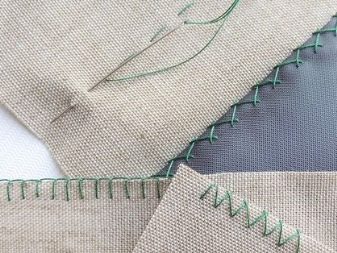What are and how to choose cotton threads?
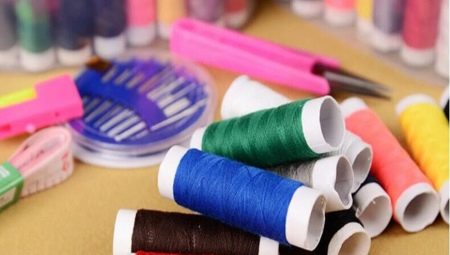
The choice of cotton thread is not as easy as it might seem at first glance. From the material in this article, you will learn what their features and varieties are. In addition, we will show you what to look for when buying the desired option.
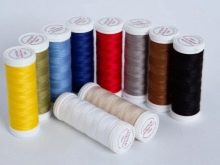
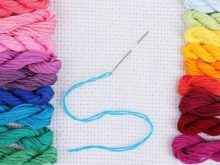
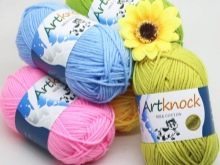
Peculiarities
Cotton threads are made from cotton, known for its hygroscopicity and breathability. They are 100% natural, environmentally friendly, and dry quickly. The raw material for them is the fiber covering the cotton seeds of plant varieties. Threads are considered universal: they are suitable for sewing products of various assortments (from light to outerwear). Sewing cotton threads are inexpensive, affordable. They have different strengths (thin ones are easily torn). Some variations do not produce perfect stitches. They are inelastic, they gradually grind through plastic shuttles. The main disadvantage of such threads is shrinkage. After washing things, they pull the parts together. When you try to pull it, they simply crack.
Today, cotton threads are used for sweeping and auxiliary work. They temporarily connect parts, sweep edges, grind belts, edging, perform other stages of sewing. They do not have a tendency to curl, do not unwind after being torn off or cut. In addition to sewing, they can be used for sewing on buttons and other sewing accessories. They are used for basting pockets, sweeping collars, sides, valves for future stitching with strong reinforced threads. Certain varieties are used in sewing shoes, in restoring leatherette and nubuck clothes.
They are also purchased for decorative embroidery and openwork knitting. In this case, the threads have different thickness, number, purpose.
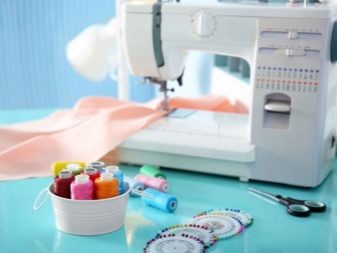
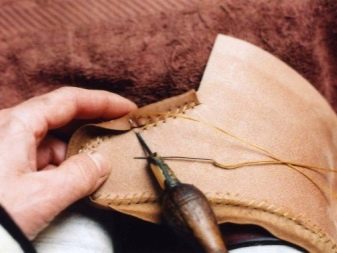
How do they do it?
The production technology consists of a number of stages. Initially, the fiber is fed to reed machines. In this case, several fibers are connected into one thread. The number of additions corresponds to 3 and 6. When joining, one-twisted and two-twisted yarns of uniform tension are formed. In addition, at this stage, the fibers are cleaned of debris and knots. Then the spun yarns are twisted into one, fed to the winding machines, where they are given the usual shape. They are rewound into hanks or bobbins.
Further, fatty substances are removed from them, bleached, dyed, processed to obtain the desired effect and dried. The final stages of production are sorting and rewinding. Bleaching is carried out with sodium hydrochloride, color is given with straight and vat dyes. They enter the trading network in the area of 200, 400, 500 m, 1, 2, 6 km.
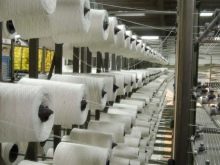
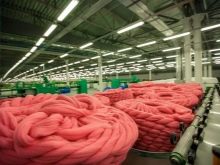

Views
Cotton threads are sewing, knitting, embroidery. Each type of product has its own characteristics. Sewing varieties are divided into 2 types: matte and glossy. During production, the first modifications are treated with technical oil or paraffin. The glossy effect is achieved by impregnating the threads with a sizing agent with starch and adhesives, stearin and wax, as well as further polishing. Matte threads are called unmerserized. They have the most natural color. Mercerized varieties are glossy. In comparison with the previous counterparts, they are more durable and bright.
The dressing of the threads is soft and hard. The difference between the two types determines the tensile strength and durability. The wear resistance of the latter is greater. Glossy threads are great for needlework. Average abrasion resistance is less than 150 cycles. The quality of the finished product depends on the type of raw materials used, manufacturing technology, and finishing method.
Cotton threads are made using combed yarn from fine-fiber cotton.

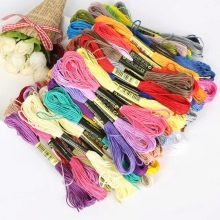

Analogs for embroidery are floss, threads consisting of many thin threads. They are sold individually and in sets with a specific canvas. Thinner and smoother compared to regular threads. Knitting modifications are divided into several groups. The thinnest of them are skeins for making crochet napkins. Moreover, they are quite strong, twisted, even. Like all varieties, they shrink after washing, so finished products from them often have to be starch, stretching over their entire shape. They have a wide range of shades, vary in thickness. Used for knitting napkins, vases, tops, baskets, hats, panamas.
Knitting options are the thickest and strongest. Like other varieties, they are matte and shiny. In addition, they can be harsh, bleached, mottled, pile. These yarns are not only made from combed fibers that are parallel to each other. They can also be gimbal and hardware. The first types of fibers are of medium length, they are loose and fleecy. The latter are made from short fibers. Compared to ordinary threads, they are not as strong and uniform.

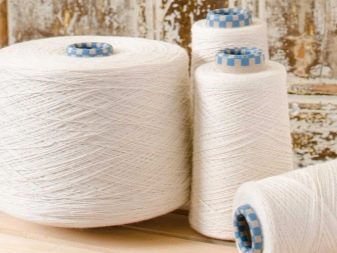
Threads can be classified by the number of folds. In addition to two-twisted ones, there are options on sale folded 3, 4, 6, 9, 12 times. Each type of thread has its own characteristics. The first varieties are considered the most unreliable. The golden mean - options in 4 additions. They are suitable for sewing parts with a sewing machine. The more folds the better.
The latest modifications are considered the most reliable. They practically do not break, do not have a manufacturing defect. Trading numbers - 10-100. At the same time, a regularity is traced: the larger the number, the thinner the thread. The color range of cotton threads is diverse.
Due to the large number of shades, the buyer can choose threads to match the material used. This also allows you to choose the most natural tones of embroidery threads.
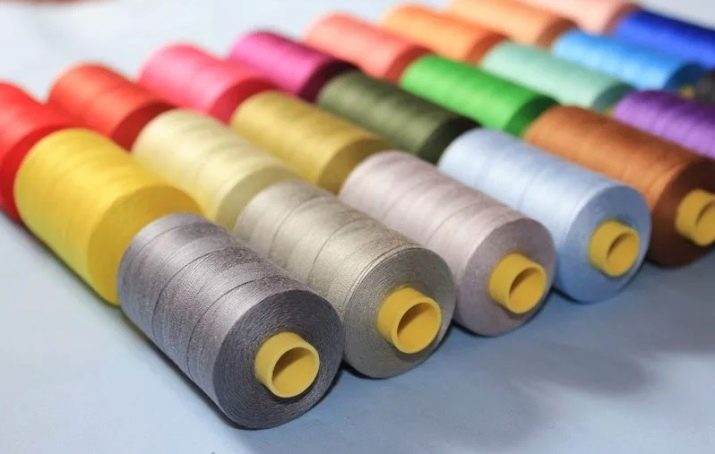
Manufacturers
Various leading brands are engaged in the production of natural threads from cotton fibers.According to the comments left on the portals of the World Wide Web, several brands were included in the rating of the most popular companies. One of them is the Gamma sewing accessories market leader. The company's products belong to the budget class. The assortment includes threads for sewing various clothes, mattress stitches, lace weaving.
The line includes products for working with cotton textiles, overcasting children's clothes, assembling patches using the patchwork technique. The winding length is 183 and 914 m. The products of the Extra, Chaika and Prima trade marks are worthy of attention. In addition, in addition to domestically produced goods, quality goods are produced by Chinese and Turkish brands. PNK them. Kirov supplies our market with products for quilting mattresses, as well as decorative finishing of clothes. It is suitable for weaving lace, highly specialized is used in the production of tea bags.
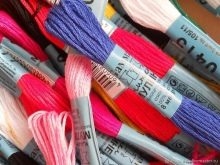

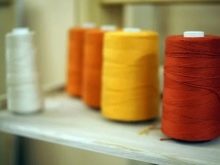
Selection Tips
When choosing cotton threads, you need to take into account a number of nuances. The key one is the size, which should correspond to the operation being performed or the thickness of the tissue. For sewing bonnets, overwriting diapers, undershirts and the first children's clothing, you need the thinnest possible sewing thread. Thick ones will leave marks on the delicate skin of the baby.
Based on the type of fabric, choose one of the existing types of threads:
- for knitwear and cotton, No. 40 is suitable;
- for tulle or chiffon pick up No. 70 (80);
- for sewing costume materials you need # 40 or 50;
- satin or wool can be connected with threads 40–70;
- linen fabrics and cambric are sewn with threads # 80;
- for teak, broadcloth, drape, leather, threads No. 40 are needed.
Choosing the thickness of the threads, take into account the type of work for which they are purchased. For basting, you can take thin threads. They leave no residue when removed.
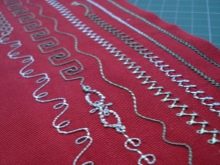
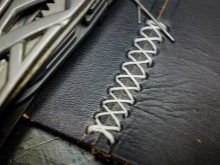
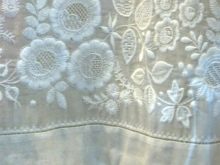
For machine stitches, stronger options are needed, otherwise the threads will break even with a weak tension. If you loosen it constantly, the stitching will loop. Cotton threads are not suitable for sewing stretch fabrics. Choosing them, carefully examine the coils for uniformity and the same thickness. Low quality products have nodules and irregularities. Such threads are more likely to break during work.
You can take a thread and try to break it. If it immediately loses its integrity, you should not take it. A thread that first stretches a little and then breaks is more resistant to breakage. In addition to traditional options, reinforced threads are on sale. In fact, this is the same cotton, but with a polyester braid. This option is much stronger and more reliable, it is resistant to tearing and deformation. Such options can have different thicknesses, they can be used not only for stitching shoes, but also for decorative finishing of coats, jeans.
